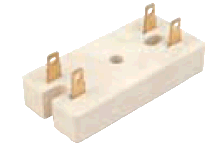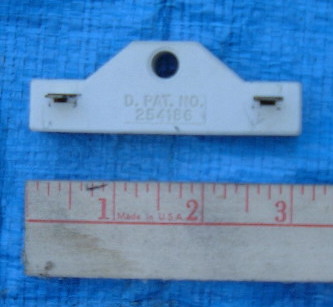Bulldozer
free ice cream sandwiches
fluctuating from 13-15.5 is not good. at idle i have 12.5 or so and cruising i have a solid 13.9-14. i think you have a loose/dirty connection somewhere or a bad ground. you need to work out the starting issue. first , i would make damn sure your ecu box is grounded, i just had the same problem where it wouldnt start until the key was on its way back to the start postion . it turned out be a bad ECU box . new box, fresh ground, been working ever since.



















